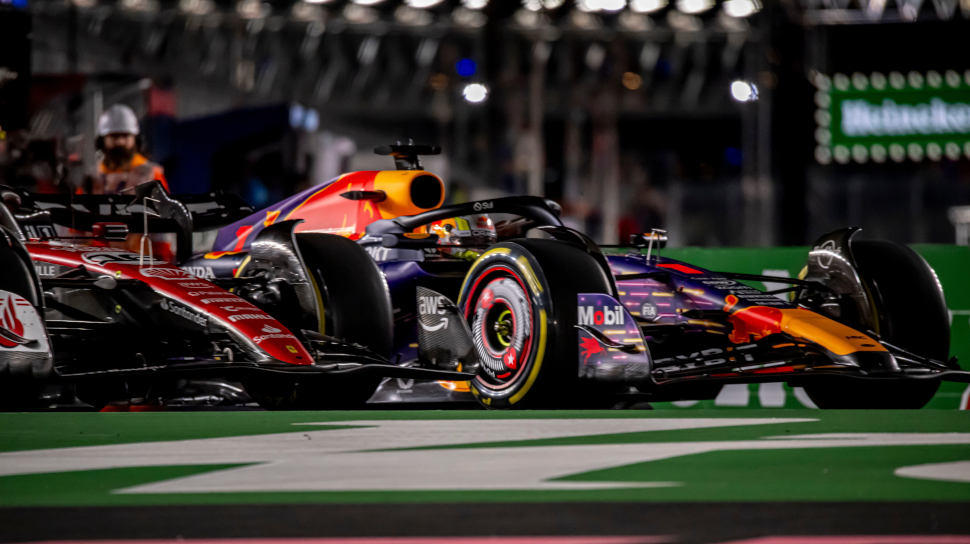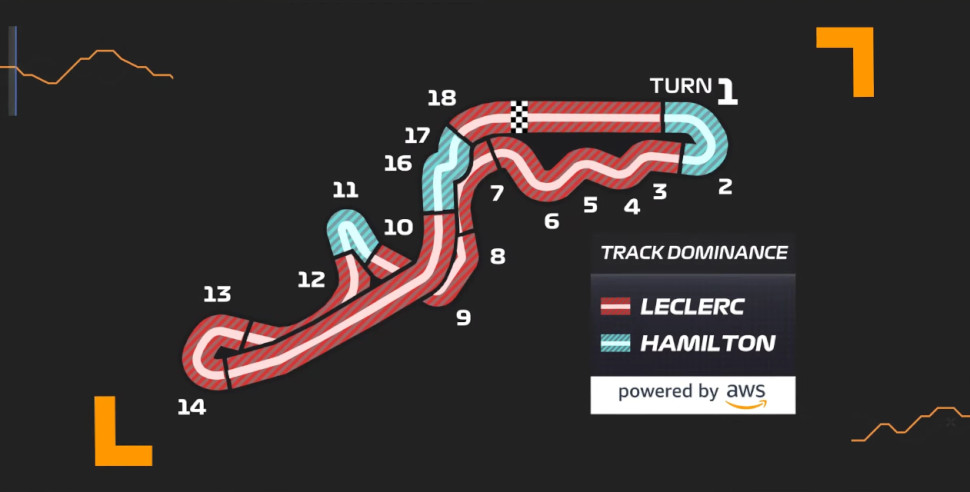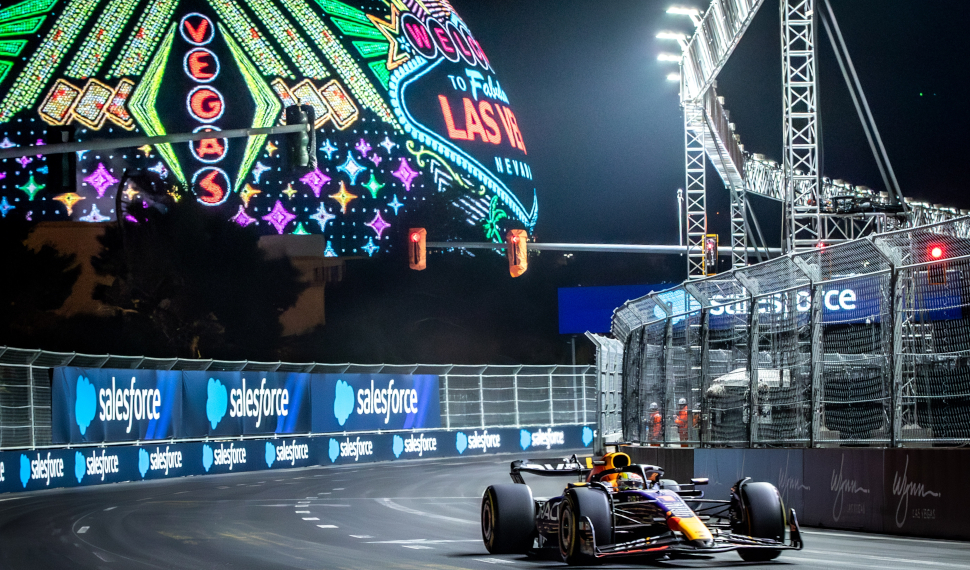
As probably the world’s most technologically-advanced sport, Formula 1 has long been a trailblazer when it comes to embracing new technologies and breakthroughs.
From power steering to hybrid engines and much more, the sport is now also looking to other forms of technology to help maintain and build relationships with fans all over the world.
Amazon Web Services (AWS) has been a partner of Formula 1 since 2018, and recently renewed its partnership with the sport, so at the company’s recent AWS re:Invent 2023, I spoke to Rob Smedley, legendary former race engineer and now AWS-F1 Consultant, to find out just what could be next for the two giants.
Looking forward
In a sport often derided for being too flash and overpriced, the new age of Formula 1 is actually quite the opposite, with an increasingly younger and more diverse fanbase across the world leading to growing attention everywhere.
The challenge now, Smedley notes, is to do with keeping appealing to these fans, ideally with the information and updates they want, as they want them.
“There's more of a reliance, especially from the new generation of fans, on technology - so that gives us the impetus to be ever more innovative,” he says.
“It's almost expected now in big sporting events like (Formula 1) that you'll have good connectivity and the technology is helping the fans lean into the event itself.”
"There's so many challenges in Formula 1 at the moment, but the way we like to approach it is by saying, what's the challenge, and do we have the technology to fix that, or build the technology to build a solution?"

AWS has worked with Formula 1 to power more accurate and faster analytics for television viewers, ranging from tire lifespan estimates to predictions around pit stop windows and how far away a possible on-track battle is.
Smedley agrees that AWS F1 fan insights “are absolutely woven into the fabric of the fan experience now,” providing a richer and more experience for fans of all knowledge levels.
“We have the technology at our fingertips now - especially GenAI, that can help us understand on a really personal level who this demographic of fans are,” Smedley notes.
“We want to get to the point where we are a completely connected event - we're not quite there yet, but no sport is!”
Away from the fans, there is also somewhat of an opportunity for the Formula 1 teams themselves to embrace AI technology. Despite being limited to a certain amount of compute power during the course of a race weekend, there are still chances to use the technology for other areas, including possibly parts and even car design.
"I think that Gen AI, and even AI is definitely the next step,” Smedley muses, “the first team to crack that (and) get strong guidance from artificial intelligence on the design direction of their car will be super successful.”

The somewhat ironic observation of my chat with Smedley is that it was taking place in Las Vegas, Formula 1’s latest big-money venue. Despite some fairly major hiccups surrounding street furniture, chilly tyre temperatures and unhappy fans, the Las Vegas Grand Prix was one of the highlights of the season, with a gripping race going right down to the wire.
"The whole architecture and infrastructure challenge, from a technology point, of trying to put on a race in the middle of an existing city, was massive,” Smedley notes, but admits the race was incredibly enjoyable.
This once again proves that Formula 1 is in a great position to maximize its growing popularity around the world, and the sky really could be the limit for expanding the sport.
"You have to remember where we've come from,” Smedley concludes, “when I started in Formula 1, nobody really knew what was going on at the racetrack out of town...now they're all proper fans!"







